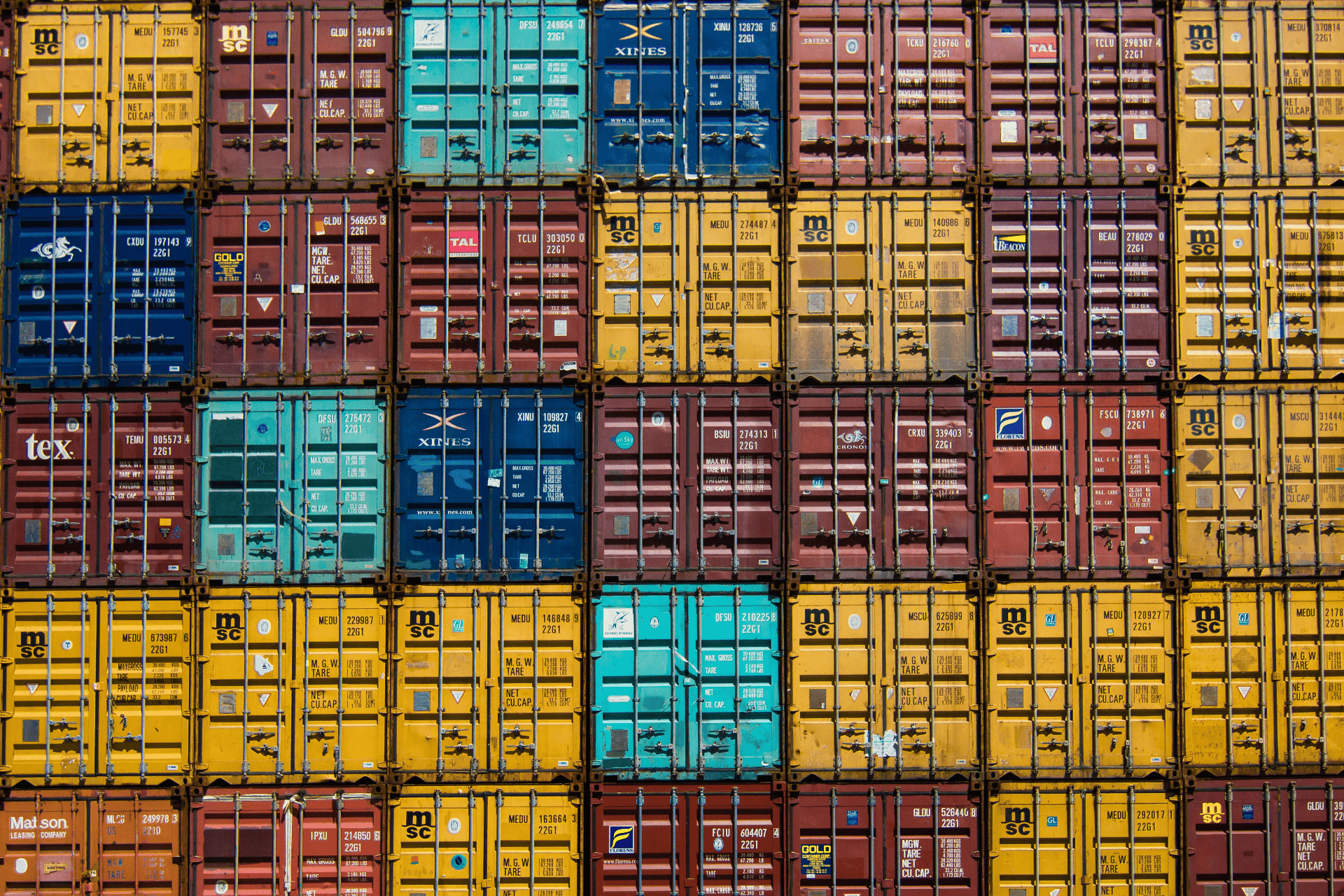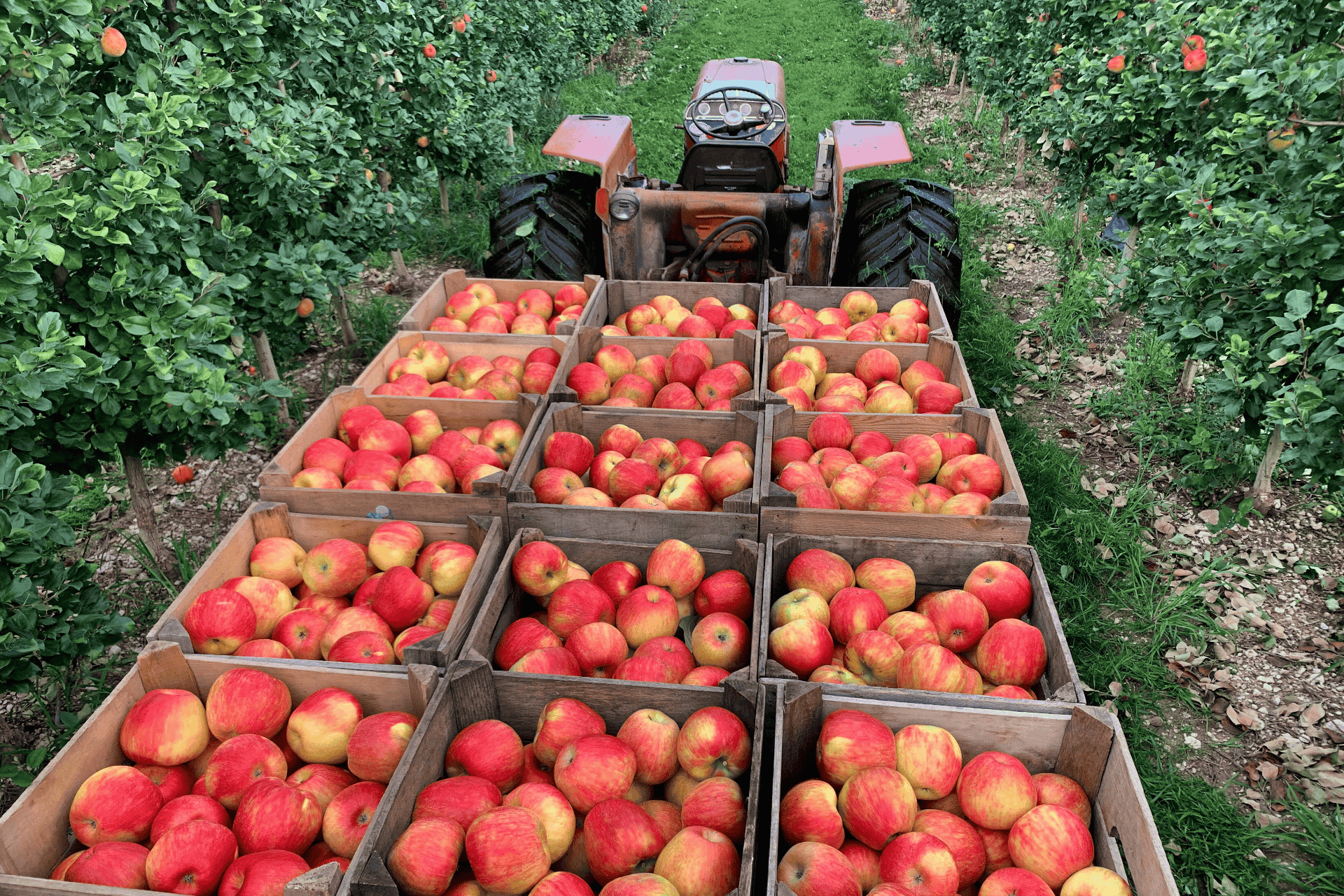Exporting perishable goods requires a comprehensive approach that addresses the intricacies of maintaining freshness, navigating logistical hurdles, and complying with regulations. By leveraging technology, embracing innovation, and staying attuned to market dynamics, exporters can overcome these challenges and unlock opportunities in the global marketplace.
In the world of international trade, exporting perishable goods presents a unique set of challenges. From fruits and vegetables to seafood and flowers, ensuring that these delicate products reach their destination fresh and in pristine condition requires meticulous planning, advanced logistics, and innovative solutions. Let's delve into the complexities and strategies involved in addressing these challenges.
- Maintaining Freshness: Perishable goods have a limited shelf life, making it imperative to maintain their freshness throughout the export journey. This involves efficient cooling systems, temperature-controlled storage facilities, and rigorous adherence to cold chain management protocols. Any deviation in temperature can lead to spoilage, resulting in significant financial losses for exporters.
- Transportation Logistics: Choosing the right mode of transportation is crucial for perishable goods. While air freight offers speed, it comes at a higher cost. On the other hand, sea freight might be more economical but requires longer transit times. Balancing cost and delivery timelines is essential. Additionally, selecting reliable carriers with expertise in handling perishables can mitigate risks during transit.
- Regulatory Compliance: Exporting perishable goods involves navigating a maze of regulations and standards set by both exporting and importing countries. These regulations often pertain to packaging requirements, sanitary standards, and documentation procedures. Non-compliance can lead to delays at customs checkpoints or even rejection of the shipment, emphasizing the importance of staying updated with evolving regulations.
- Quality Control: Ensuring the quality of perishable goods is paramount. Quality control measures should be implemented at every stage of the supply chain, from harvesting or procurement to packaging and transportation. Advanced technologies such as IoT-enabled sensors and blockchain can provide real-time monitoring, allowing exporters to track temperature, humidity, and other crucial parameters.
- Market Demand and Seasonality: Understanding market demand and seasonal fluctuations is essential for successful export ventures. Demand for certain perishable goods may vary depending on cultural preferences, festivals, and dietary habits. Adapting to these fluctuations requires flexibility in production schedules, as well as proactive marketing strategies to capitalize on peak seasons.
- Packaging Innovation: Innovative packaging solutions play a significant role in preserving the freshness and extending the shelf life of perishable goods. Vacuum sealing, modified atmosphere packaging, and eco-friendly materials not only enhance product quality but also contribute to sustainability efforts. Investing in research and development to improve packaging efficiency can yield long-term benefits.
- Risk Management: Despite meticulous planning, unforeseen challenges such as natural disasters, transportation disruptions, or geopolitical tensions can impact the export of perishable goods. Implementing robust risk management strategies, including contingency plans and insurance coverage, can help mitigate potential losses and ensure business continuity.
#ExportingPerishables #LogisticsChallenges #ColdChainManagement #GlobalTrade #QualityControl #PackagingInnovation #MarketDemand #RiskManagement #InternationalCommerce
Related Information



















































